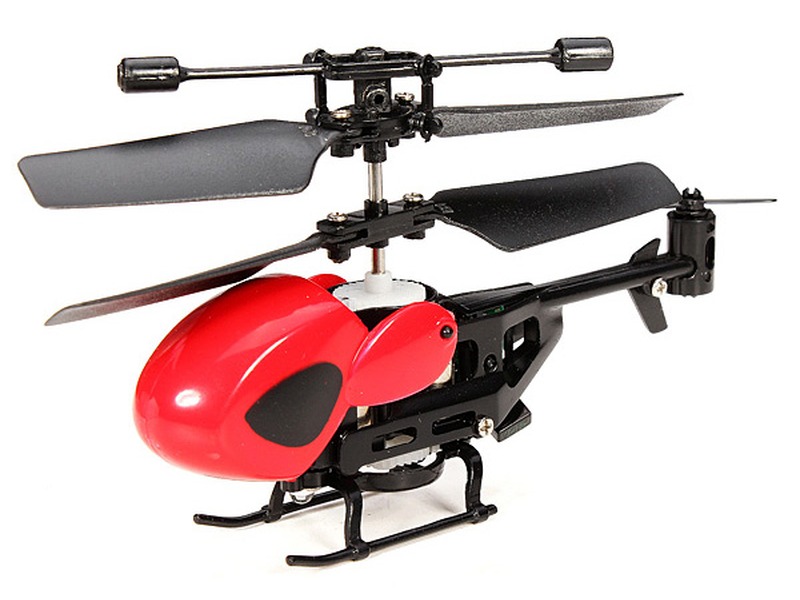Can a helicopter fly across the Atlantic?

Yes, a helicopter can fly across the Atlantic. In fact, there have been several successful crossings of the Atlantic Ocean by helicopters in recent years.
The most notable of these crossings is that of British pilot, Steve Brooks, who flew a Bell LongRanger helicopter from Newfoundland, Canada to Scotland in May 2002. The flight, which took more than 11 hours, was the first solo transatlantic helicopter flight in history.
Since then, other helicopters have made the crossing as well. In 2015, a group of British pilots flew a Robinson R44 helicopter from London to New York in just under 10 hours. And in 2017, a team of four pilots flew a Bell 429 helicopter all the way from Scotland to Quebec, Canada in just under 22 hours.
These flights, while impressive, are by no means easy. For starters, helicopters require a lot of fuel, so it’s necessary to plan refueling stops along the way. On top of that, helicopters are limited by their relatively slow speed, meaning that the flight can take a long time.
Due to these factors, transatlantic helicopter flights tend to be expensive and require a lot of planning. As such, they are usually undertaken by experienced pilots with the proper training and equipment.
In addition to requiring a lot of preparation, transatlantic helicopter flights also require a great deal of knowledge about the Atlantic Ocean itself. For example, pilots need to be aware of the various weather patterns and winds that could affect the flight. Additionally, they need to know the locations of any shipwrecks or other hazards that could be encountered along the way.
Overall, while it is possible for a helicopter to fly across the Atlantic, it’s certainly not an easy feat. In order to make the journey successful, pilots need to be experienced and well-prepared. But with the right planning, it’s certainly possible to make this incredible journey.
Comments / Question
2. The pilot must have a valid instrument rating and must be familiar with the navigation system being used.
3. The helicopter must be equipped with a long-range fuel tank and have enough fuel to make the crossing.
4. The pilot must file a flight plan with the appropriate air traffic control authorities and obtain the necessary clearances.
5. The pilot must have a valid medical certificate and be familiar with the regulations governing international flights.
6. The pilot must have a valid radio operator’s license and be familiar with the radio communication procedures for international flights.
7. The pilot must be familiar with the weather conditions along the route and be prepared to divert to an alternate destination if necessary.
2. Have a plan for dealing with any potential emergency situations, such as engine failure or bad weather.
3. Have a reliable navigation system and the necessary charts and maps for the route.
4. Have enough fuel to complete the flight and a plan for refueling if necessary.
5. Have a reliable communication system to stay in contact with air traffic control and other aircraft.
6. Have a plan for dealing with any potential medical emergencies.
7. Have a plan for dealing with any potential mechanical issues.
8. Have a plan for dealing with any potential security issues.
9. Have a plan for dealing with any potential weather issues.
10. Have a plan for dealing with any potential navigation issues.

